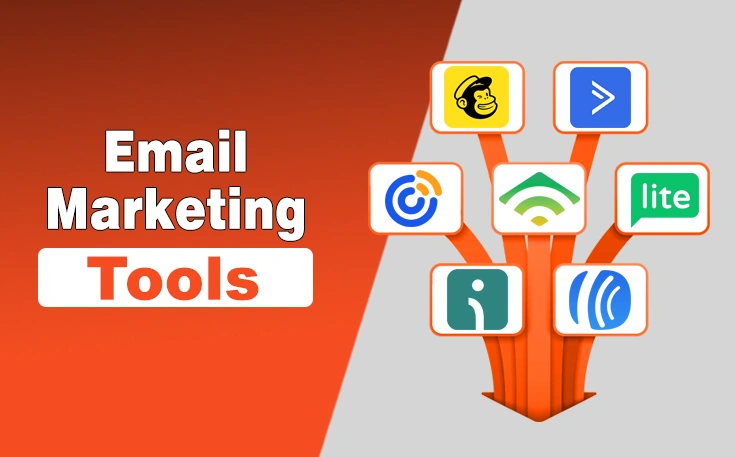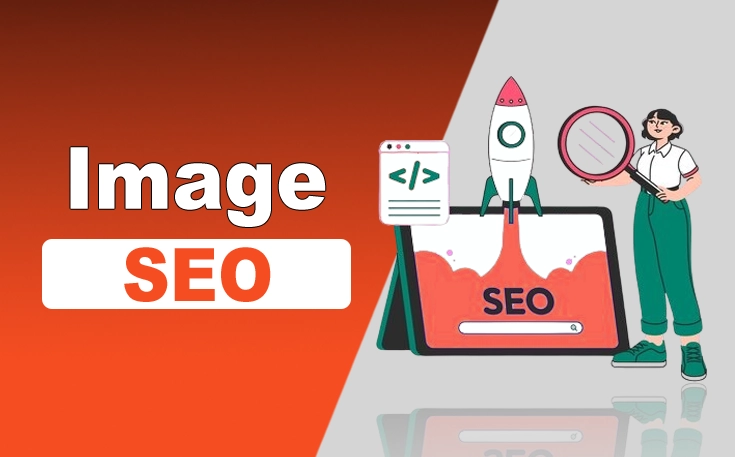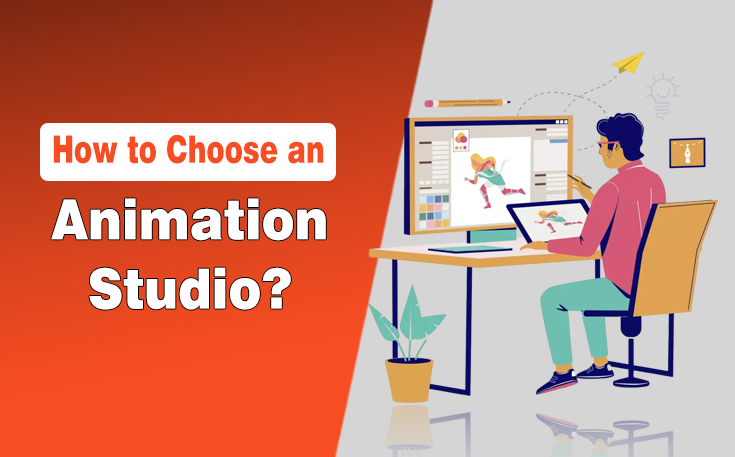Every click has a story. In the world of B2B marketing, that story is rarely simple. The journey from a potential buyer’s first online interaction to becoming a paying client involves multiple touchpoints, careful nurturing, and precise timing.
Search engine optimization (SEO) is not just about rankings or traffic anymore. It is about guiding prospects through this intricate process with intention and insight.
Understanding how SEO influences each stage of the B2B buyer journey allows companies to connect with decision-makers more effectively, align content with real needs, and ultimately turn curiosity into commitment.
And in this guide, I will provide you with the details on how to map the B2B buyer journey through SEO.
The B2B Buyer Journey – A Long Game
Unlike in B2C, B2B buying decisions rarely happen on impulse. They’re complex, rational, and layered with approvals, budgets, and long-term strategy.
Typically, this journey unfolds across three main stages:
- Awareness: The buyer identifies a problem or opportunity.
- Consideration: They research possible solutions, comparing vendors and approaches.
- Decision: They evaluate specific providers, request proposals, and make their choice.
Each stage represents a chance to meet the buyer where they are, not with generic marketing but with relevant, optimized content that answers their questions at the right moment and helps in increasing B2B sales.
Why Partnering with an Expert Matters?
Mapping and optimizing the B2B buyer journey through SEO is both an art and a science. It requires not only technical precision but also a deep understanding of human behavior and market dynamics. Many organizations find that managing this complexity internally stretches resources thin and slows progress.
That’s where working with specialized partners becomes invaluable. A seasoned team can develop a customized SEO roadmap, align it with your business goals, and implement strategies that deliver measurable results.
For example, partnering with an experienced firm like Atropos Digital B2B SEO agency can help you uncover untapped opportunities, refine your keyword targeting, and craft content that resonates with decision-makers at every stage of the funnel. The advantage lies not just in execution but in perspective — experts see patterns and possibilities that internal teams might overlook.
How to Map the B2B Buyer Journey Through SEO?
In an environment where the competition for attention grows fiercer every day, expert guidance often becomes the difference between incremental improvement and transformative growth.
Stage 1: Awareness – Being Found When It Matters
At the awareness stage, potential buyers are searching for answers, not companies. Their queries often begin with “how,” “what,” or “why.”
They might search for:
- “How to streamline logistics in B2B manufacturing”
- “Why CRM adoption fails in enterprise teams”
- “Best ways to reduce software onboarding time”
SEO plays a critical role here. Through well-structured content and keyword research, businesses can ensure their insights appear right when buyers start looking for guidance. The goal isn’t to sell yet. It is to educate and establish credibility.
Content strategies for this stage include:
- Blog posts and guides that explain industry challenges.
- Thought leadership articles that identify trends.
- Informative videos, podcasts, or infographics that simplify complex topics.
When your content consistently answers the buyer’s initial questions, your brand earns trust early on, which is a vital advantage for the steps that follow.
Stage 2: Consideration – Building Trust Through Authority
Once a buyer understands their challenge, they start comparing solutions. This is where authority and differentiation matter most.
At this stage, your SEO focus should shift from broad informational content to solution-oriented content that positions your company as a capable, credible partner. Keywords become more specific. think “enterprise CRM software comparison” or “best B2B logistics providers.”
Tactics for success include:
- Publishing detailed case studies that show real-world results.
- Creating comparison pages that highlight your solution’s advantages.
- Producing long-form resources such as whitepapers or eBooks.
Each piece of content should speak to both logic and emotion, and prove expertise while building a sense of trust and alignment. Search engines value this kind of depth and reward it with higher rankings and longer dwell times.
Stage 3: Decision – Converting Confidence into Action
When prospects reach the decision stage, they are no longer researching general topics. They are narrowing down vendors and seeking reassurance.
At this point, SEO must support conversion-focused content. This includes:
- Optimized landing pages with clear calls to action.
- Testimonials and reviews that reinforce reliability.
- Product demos or consultation offers that remove barriers to commitment.
Technical SEO also matters deeply here. A fast, mobile-friendly, and secure website communicates professionalism and attention to detail, qualities every B2B buyer values.
When all elements align, content, keywords, and user experience, SEO stops being a visibility tactic and becomes a conversion engine.
How to Map Content to Search Intent?
Successful SEO is not about chasing keywords; it’s about understanding intent. Each search query represents a step in the buyer’s thought process. Mapping these queries to the right type of content ensures that every click moves the buyer closer to conversion.
| Buyer Stage | Typical Intent | Example Keywords | Ideal Content Type |
|---|---|---|---|
| Awareness | Informational | “What is supply chain digitization?” | Blog posts, guides, industry insights |
| Consideration | Comparative | “Top ERP systems for manufacturers” | Case studies, solution pages, webinars |
| Decision | Transactional | “Book ERP software demo” | Landing pages, reviews, pricing pages |
This structure helps create a cohesive SEO funnel, one that mirrors the buyer journey and nurtures trust from the first click to the final contract.
The Role of Analytics – Understanding What Works
Data closes the loop between effort and outcome. Marketers can identify where prospects drop off, which content drives engagement, and what keywords convert best by tracking user behavior.
Tools like Google Search Console, GA4, and CRM integrations allow businesses to see how SEO contributes to leads and revenue. Metrics such as bounce rate, time on page, and assisted conversions reveal not just what’s ranking — but what’s resonating.
Continuous analysis keeps the SEO strategy aligned with real buyer behavior, ensuring that every page serves a purpose in the broader journey.
The Continuous Journey – SEO as a Relationship, Not a Campaign
SEO doesn’t end once rankings improve or leads increase. The B2B buyer journey evolves constantly — influenced by new technologies, shifting priorities, and changing market landscapes.
To stay ahead, companies must treat SEO as a living strategy. Regularly auditing content, updating insights, and testing new approaches keeps the buyer journey smooth and relevant. Over time, this adaptability builds lasting credibility and positions your business as a trusted voice in its field.
The most successful B2B brands don’t chase trends; they anticipate needs. They use SEO to listen to their audience, adjust to feedback, and create meaningful connections long before a deal is signed.
Final Thoughts
The path from a simple search to a signed contract is long and layered, but entirely navigable with the right approach. SEO, when done strategically, transforms scattered clicks into structured journeys. It guides prospects through awareness, consideration, and decision with clarity and intent.
When you understand how SEO aligns with the B2B buyer journey, and by investing in expertise, whether internal or external, you can convert digital visibility into real business relationships for your company.
In today’s competitive landscape, SEO isn’t just about being found. It’s about being chosen by the right people, at the right time, for the right reasons.
Need custom app with amazing features?
Get a Quote




